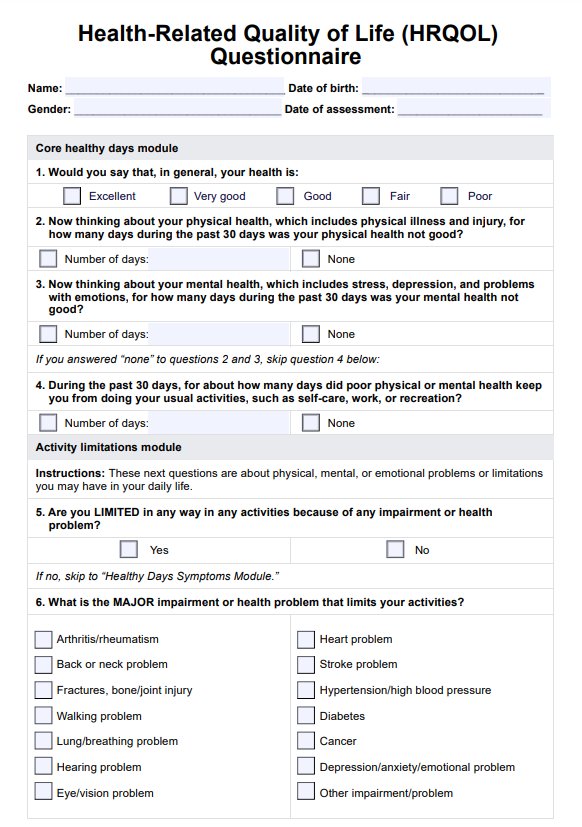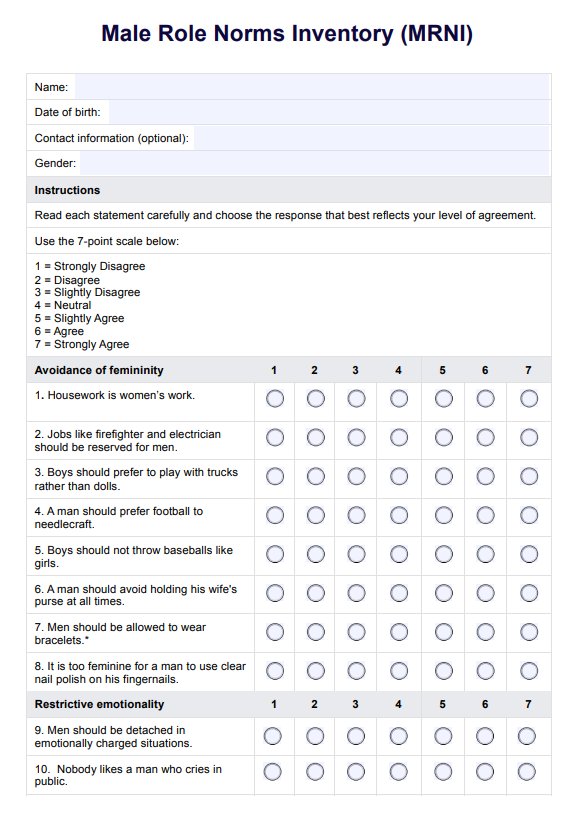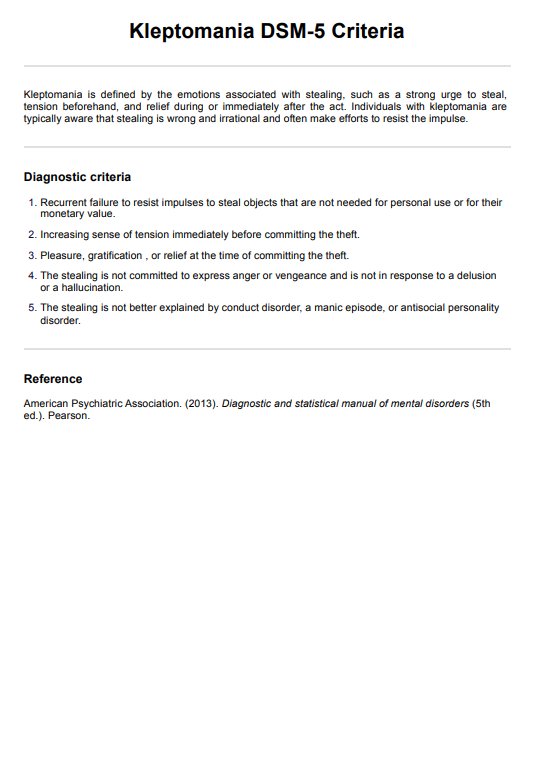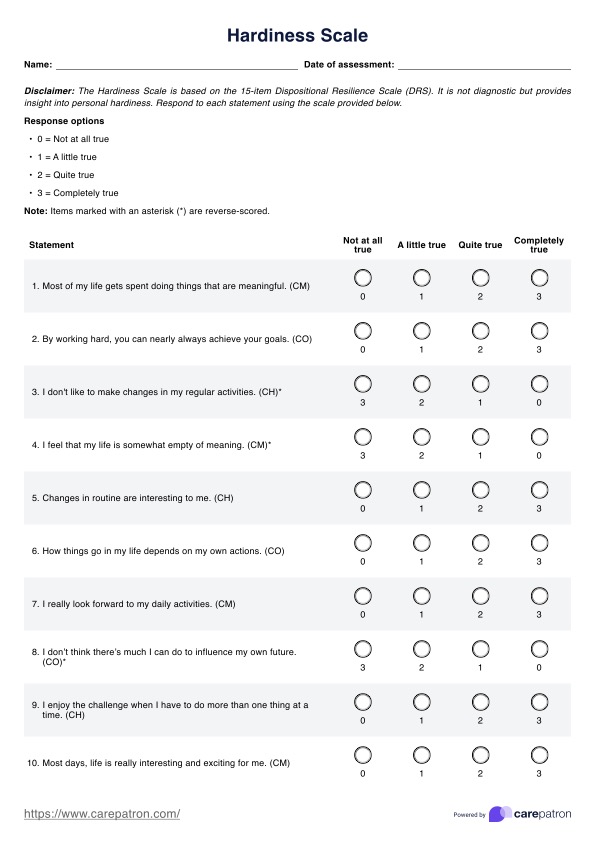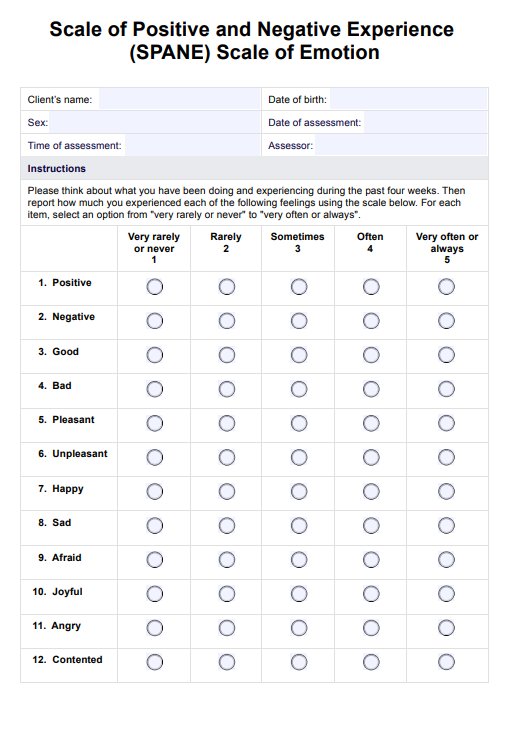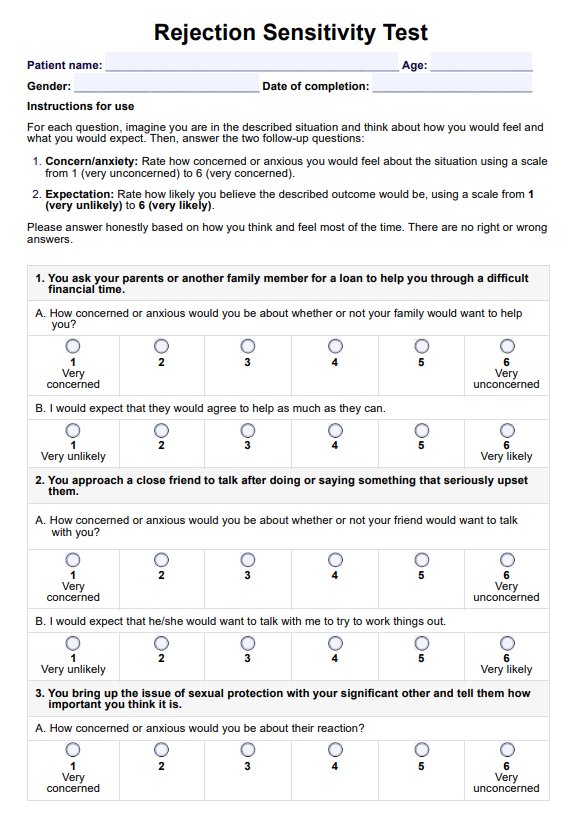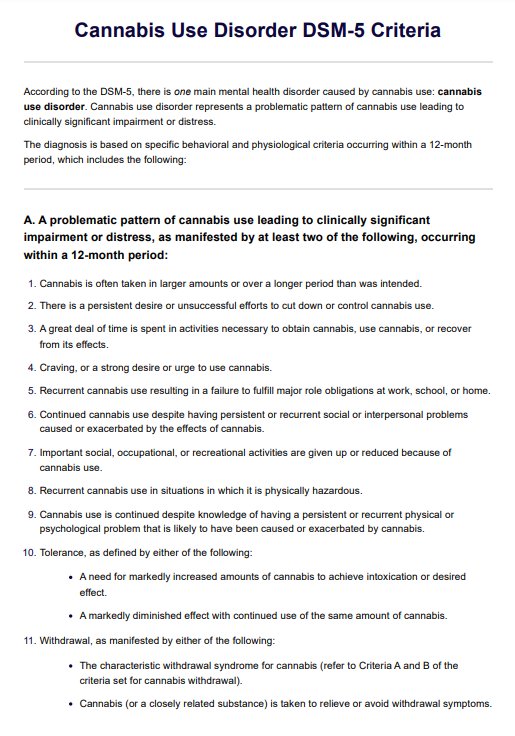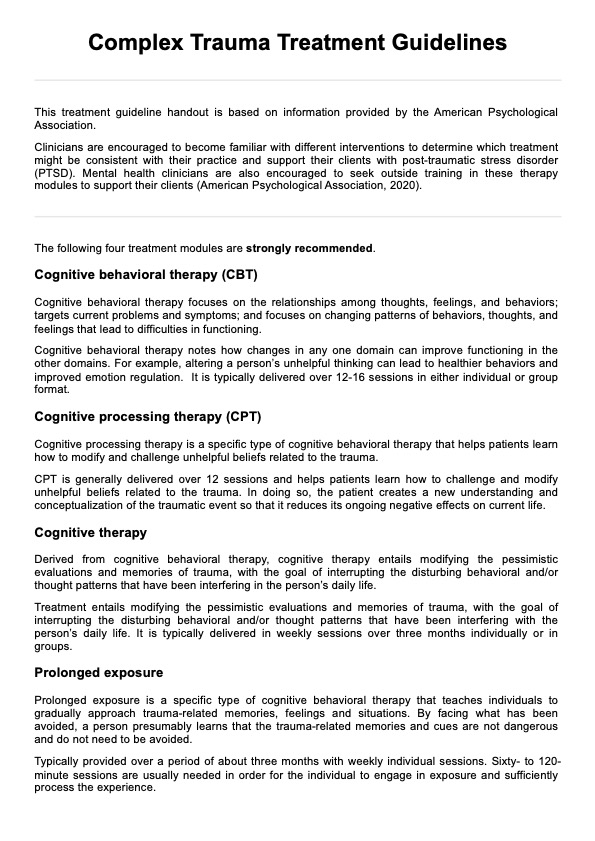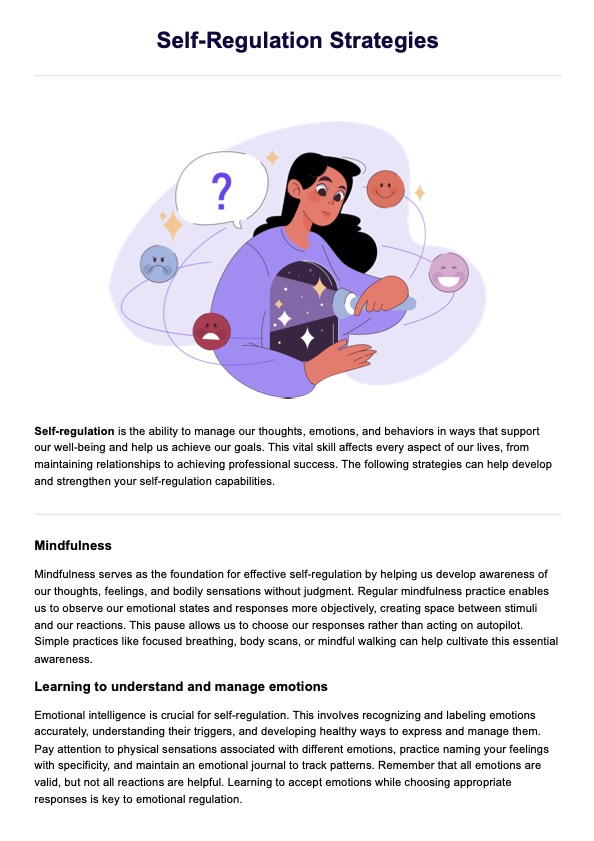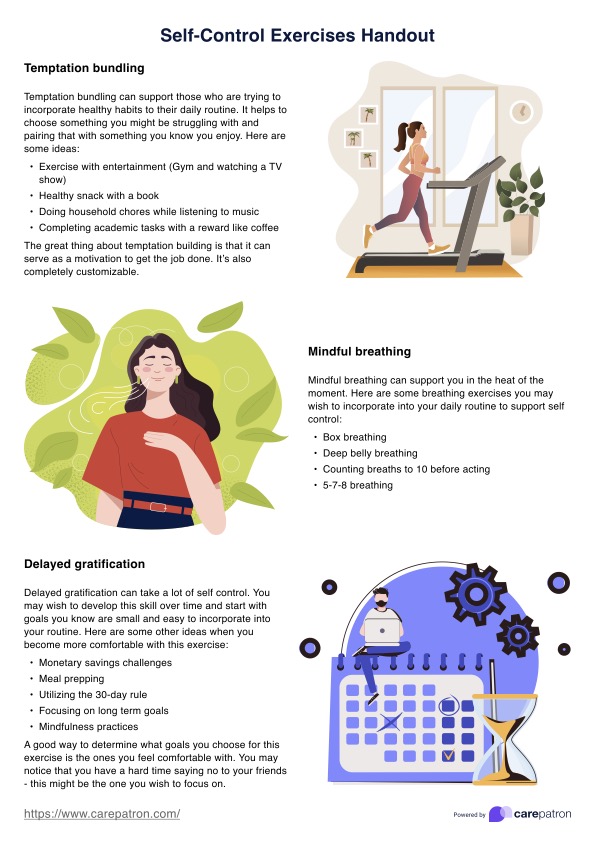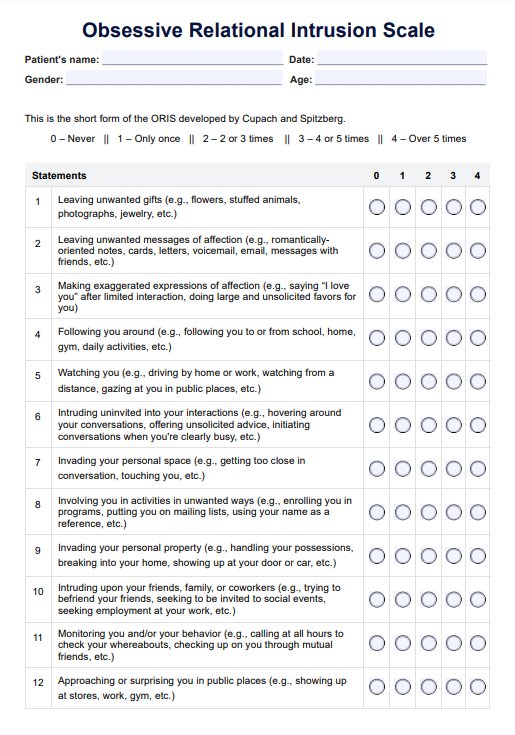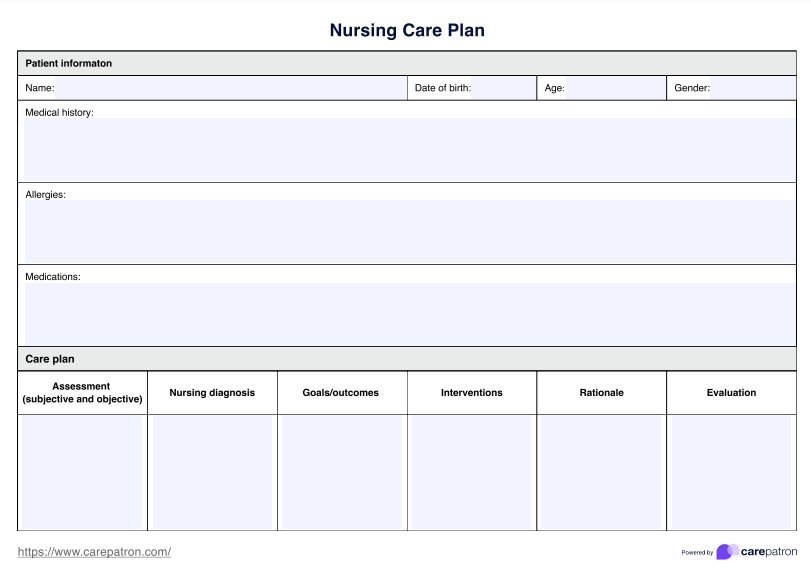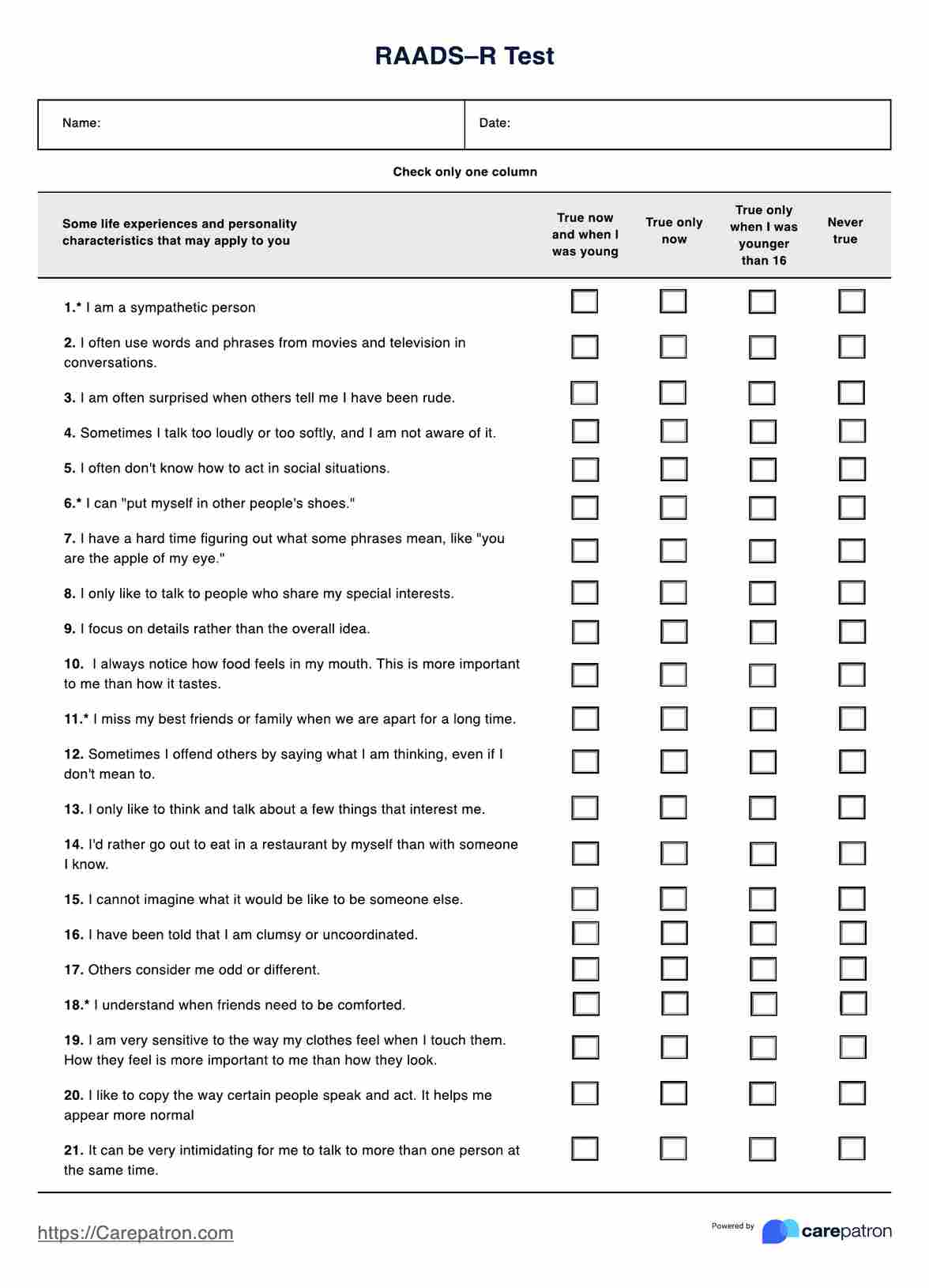DSM 5 Major Depressive Disorder Checklist
Here’s our short guide on the DSM 5 Major Depressive Disorder Checklist for clinical information, diagnostic criteria, applicable ICD-10 codes, and resources for the diagnosis.


DSM 5 Checklist for Major Depressive Disorder
DSM-5, or the Diagnostic and Statistical Manual of Mental Disorders, 5th edition, are guidelines by the American Psychiatric Association. The DSM-5 checklist for Major Depressive disorder is one of the many guidelines mental health practitioners use to help identify if the patient has major depressive disorder symptoms and how long they have been experiencing it. In the checklist, there’s a list of major depressive disorder symptoms and additional criteria one must meet before being diagnosed with the condition. Do note that it cannot be the sole resource, test, or basis for a diagnosis of major depressive disorder.
DSM 5 Major Depressive Disorder Checklist Template
DSM 5 Major Depressive Disorder Checklist Example
Clinical Information and Criteria
Clinical Information
- Major depressive disorder (MDD), also called clinical depression, is a type of depression wherein the patient experiences symptoms of depression, primarily persistent sadness and irritability. The difference between depression and major depressive disorder is the symptoms' severity and duration.
- Some symptoms of major depressive disorder are a depressed mood most of the day, nearly every day; decreased interest in activities or hobbies they enjoyed; hypersomnia or insomnia; fatigue or loss of energy; difficulty concentrating; and recurrent thoughts of death.
- There are multiple causes for MDD. Some of them are abnormalities in the brain chemistry or structure, level changes of particular hormones, traumatic/stressful life events, substance abuse, other pre-existing health conditions, medications, and genetic factors since one is likely to develop MDD if one has a family history of the condition.
- To diagnose MDD and ensure that it’s not another mental health condition causing the symptoms, the practitioner will ask questions about one’s symptoms, conduct a physical exam, order blood tests, and ask the patient to under other tests they find may be helpful.
- Treatment of major depressive disorder is a combination of one or two of the following: psychotherapy, antidepression medication, brain stimulation therapy, and changes in one’s lifestyle.
DSM 5 Major Depressive Disorder Criteria
- One of the many scales or guidelines that practitioners can use in addition to other tests to diagnose major depressive disorder is found in the DSM-5 or the Diagnostic and Statistical Manual of Mental Disorders, 5th Ed.
- The guideline contains a list of major depressive disorders and some additional criteria.
- To “pass” the guidelines, a patient must exhibit at least five (5) depressive symptoms every day or nearly every day for at least two weeks. One of those symptoms must either be a depressed mood or loss of interest/pleasure. They may have both of the required symptoms.
- Aside from those, the patient must also meet all of the additional criteria at the bottom of the page.
What ICD Codes do you use for Major Depressive Disorder?
Here’s a list of ICD-10 codes you can use to code and bill for major depressive disorder:
Major depressive disorder, single episode
- F32.0: Major depressive disorder, single episode, mild
- F32.1: Major depressive disorder, single episode, moderate
- F32.2: Major depressive disorder, single episode, severe without psychotic features
- F32.3: Major depressive disorder, single episode, severe with psychotic features
- F32.4: Major depressive disorder, single episode, in partial remission
- F32.5: Major depressive disorder, single episode, in full remission
- F32.9: Major depressive disorder, single episode, unspecified
Major depressive disorder, recurrent
- F33.0: Major depressive disorder, recurrent, mild
- F33.1: Major depressive disorder, recurrent, moderate
- F33.2: Major depressive disorder, recurrent severe without psychotic features
- F33.3: Major depressive disorder, recurrent, severe with psychotic symptoms
- F33.40: Major depressive disorder, recurrent, in remission, unspecified
- F33.41: Major depressive disorder, recurrent, in partial remission
- F33.42: Major depressive disorder, recurrent, in full remission
- F33.9: Major depressive disorder, recurrent, unspecified
What resources can you use for patients diagnosed with Major Depressive Disorder?
Carepatron offers a multitude of resources for patients that may be exhibiting symptoms of depression. If your patient has MDD, you will find that resource especially helpful:
Major Depressive Disorder Treatment Plan
- A mental health practitioner can use this resource to outline goals and interventions when treating MDD using a patient-centered approach.
- The template provided in the guide above comes with multiple sections you may benefit from, such as diagnostic criteria, treatment goals, interventions, recommended medication, and progress notes.
Aside from the aforementioned major depressive disorder resources, Carepatron also has tools and features you can use to help treat patients with major depressive disorder. Some of them are schedule automation, note creation, and integrated telehealth consultation if your patients need you but cannot physically go to your clinic.
In the future, if you or your fellow mental health practitioners need additional major depressive disorder resources, we recommend you keep an eye out for more available in our template library.
.png)
Commonly asked questions
F32.0, F32.1, F32.2, F32.3, F32.4, F32.5, and F32.9 are used for Major Depressive Disorder, Single Episode. F33.0, F33.1, F33.2, F33.3, F33.40, F33.41, F33.42, and F33.9 are used for Major Depressive Disorder, Recurrent.
The criteria provided in the DSM 5, alongside a comprehensive evaluation of a patient’s symptoms, behaviors, thought patterns, and reported emotions can contribute to a diagnosis of MDD.
This checklist can be used during treatment of patients being assessed for MDD to help practitioners identify various symptoms. It is important that healthcare practitioners comprehensively evaluate their patients before making any diagnosis.























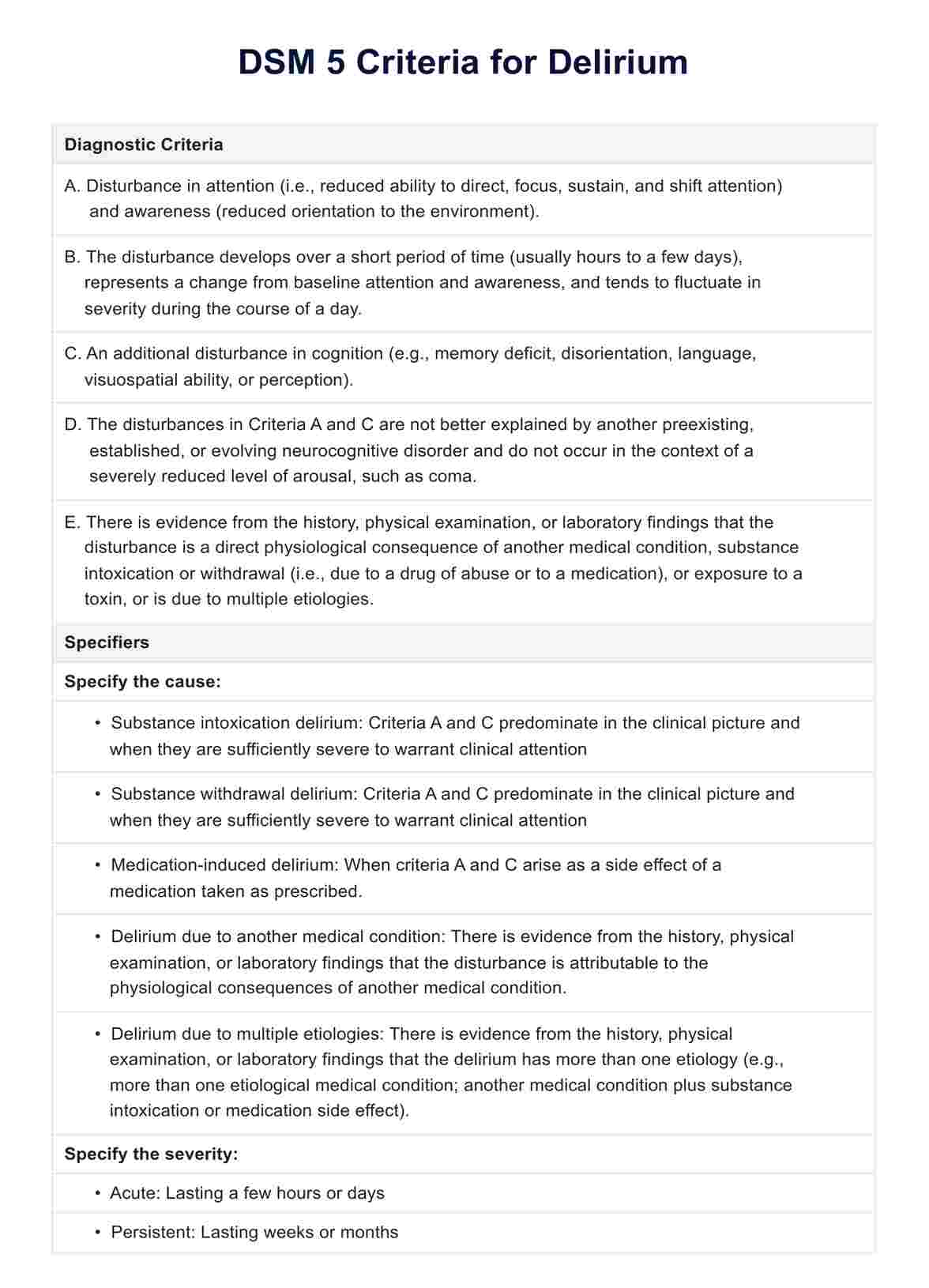















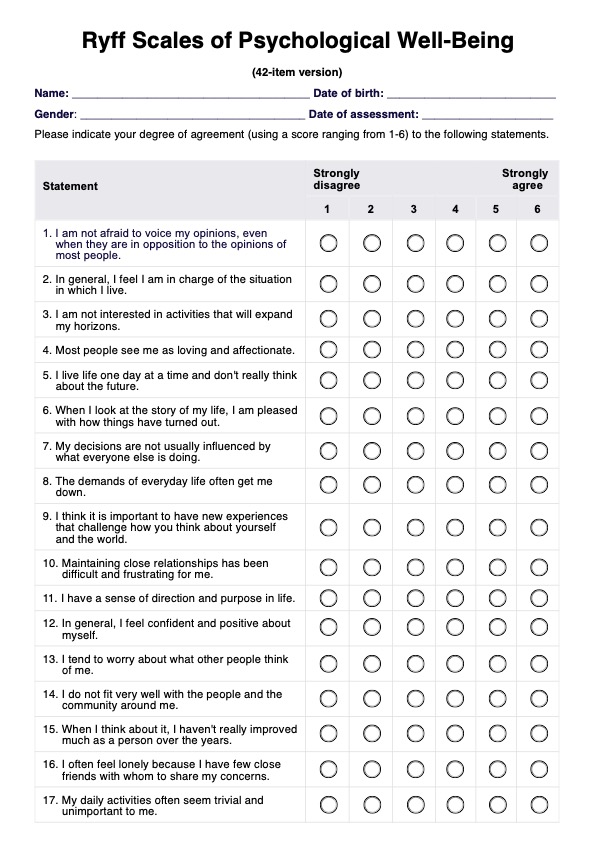
-template.jpg)



